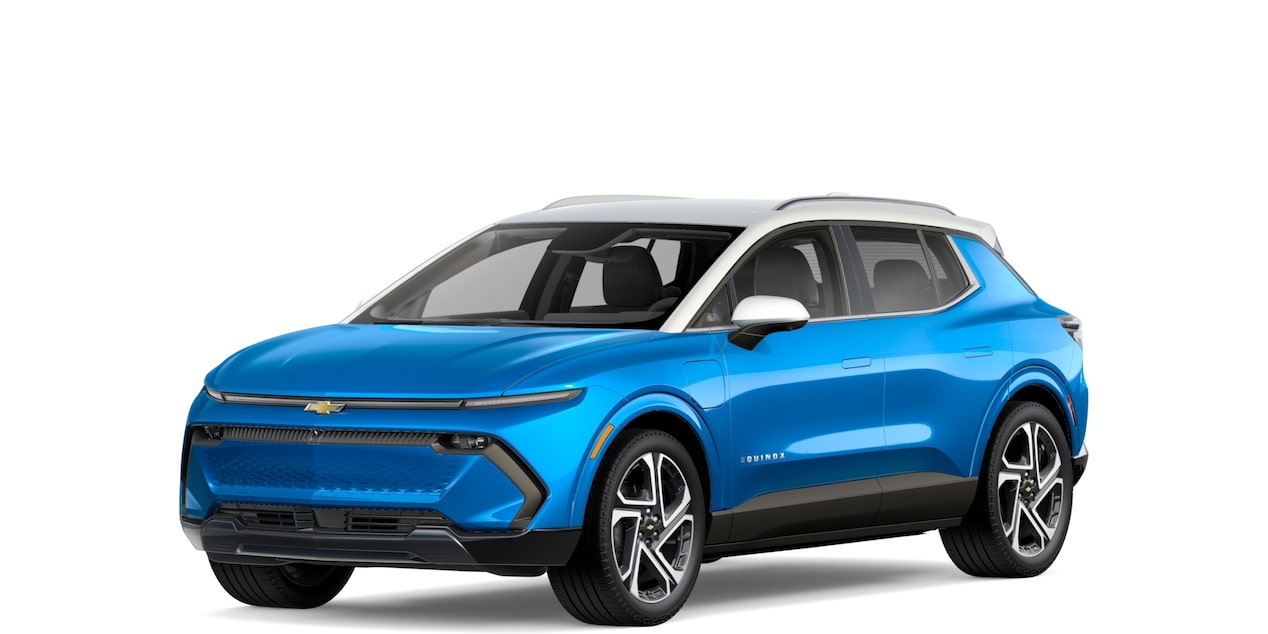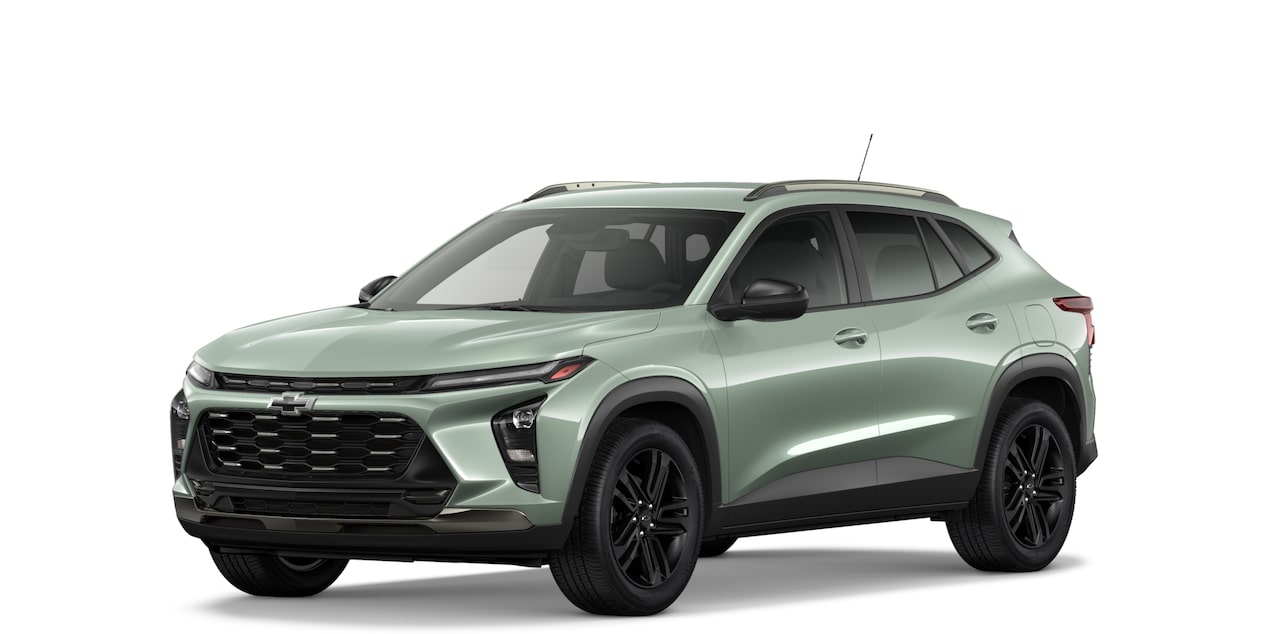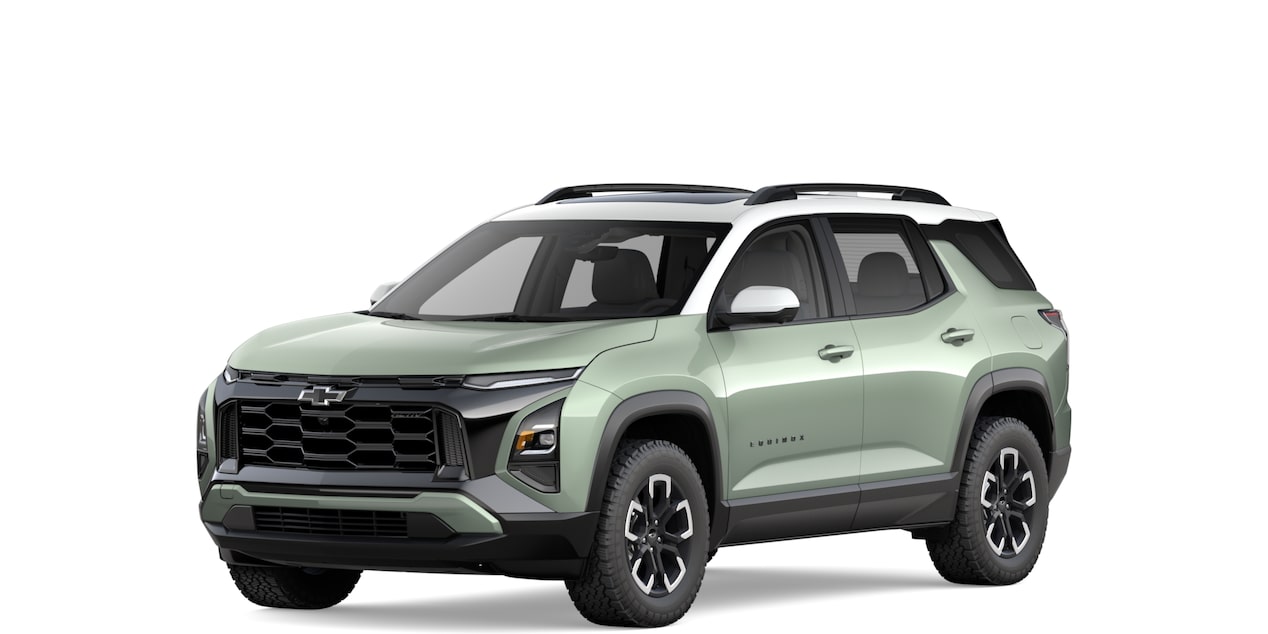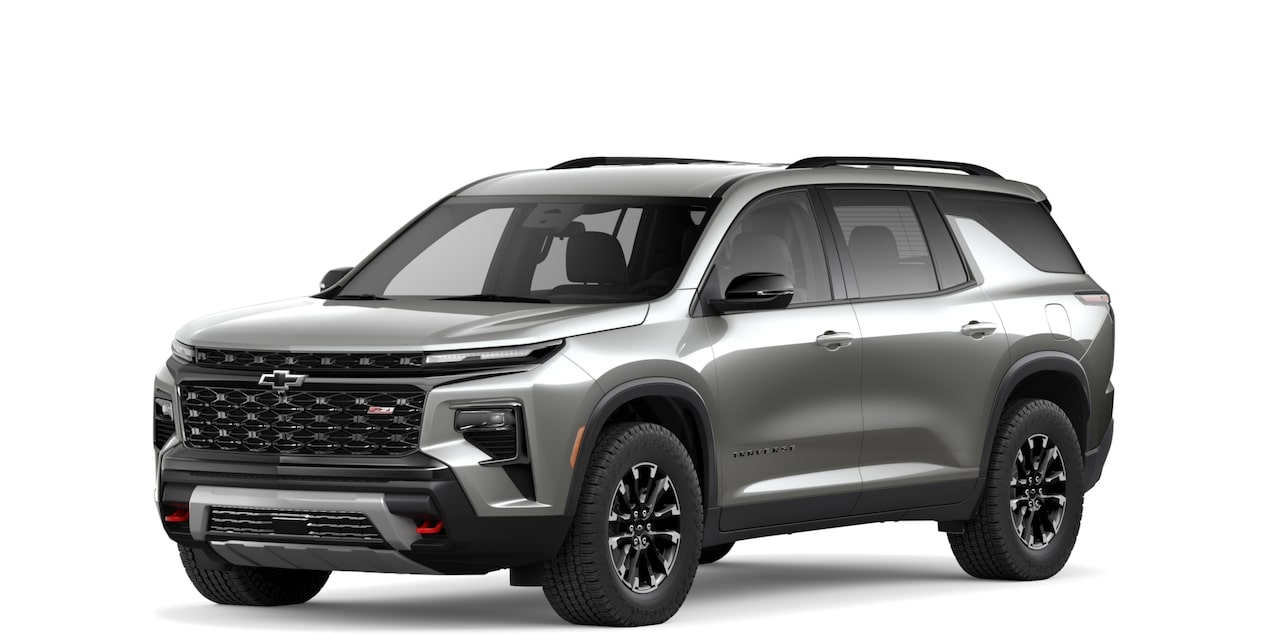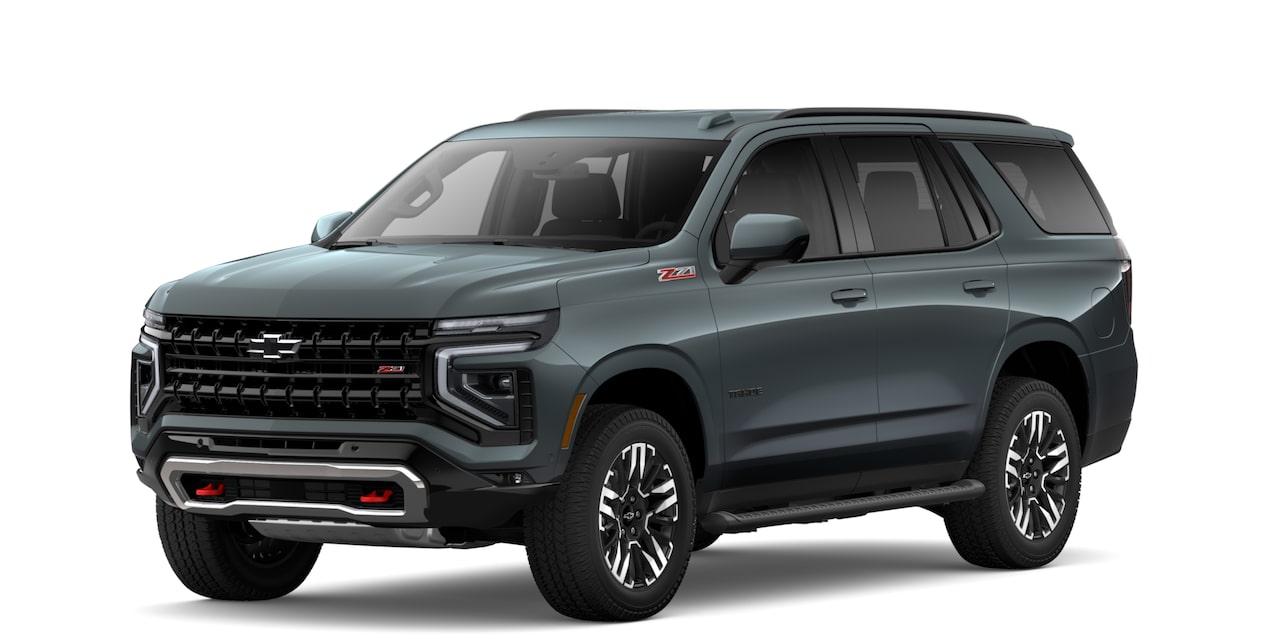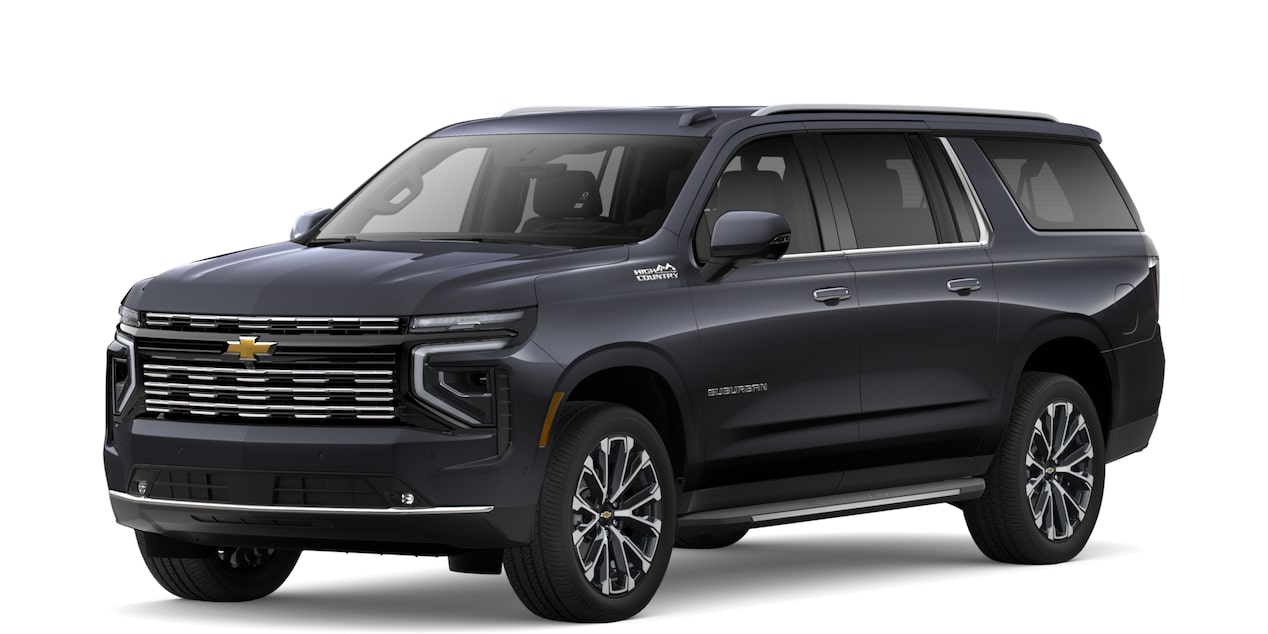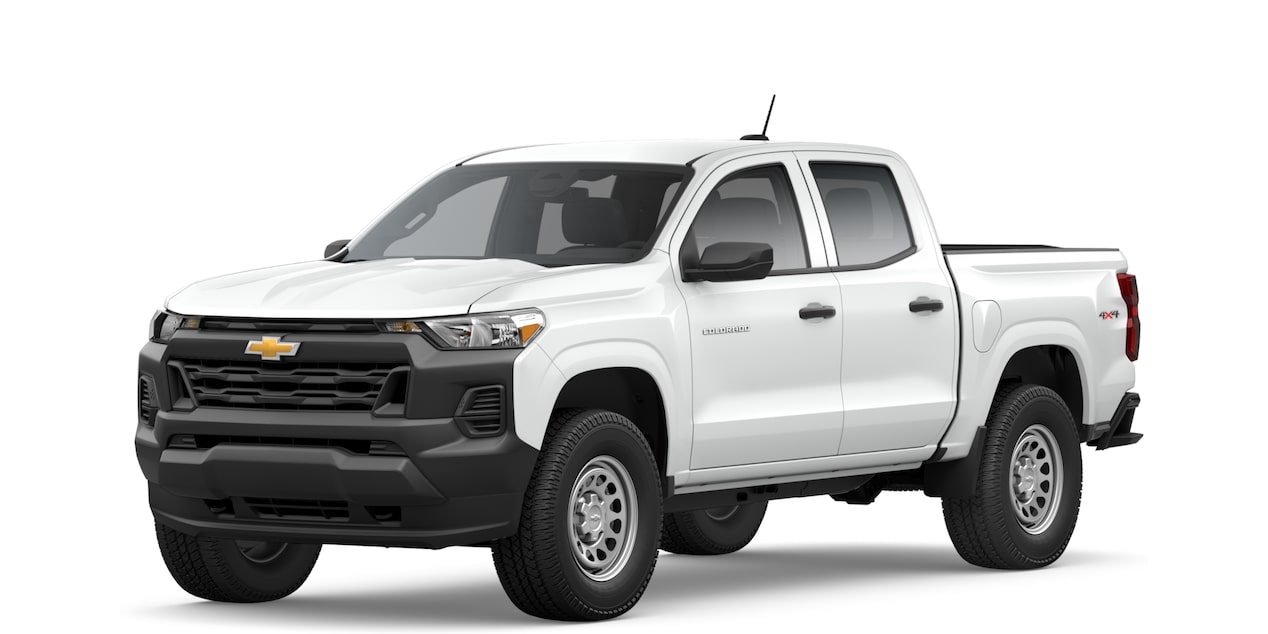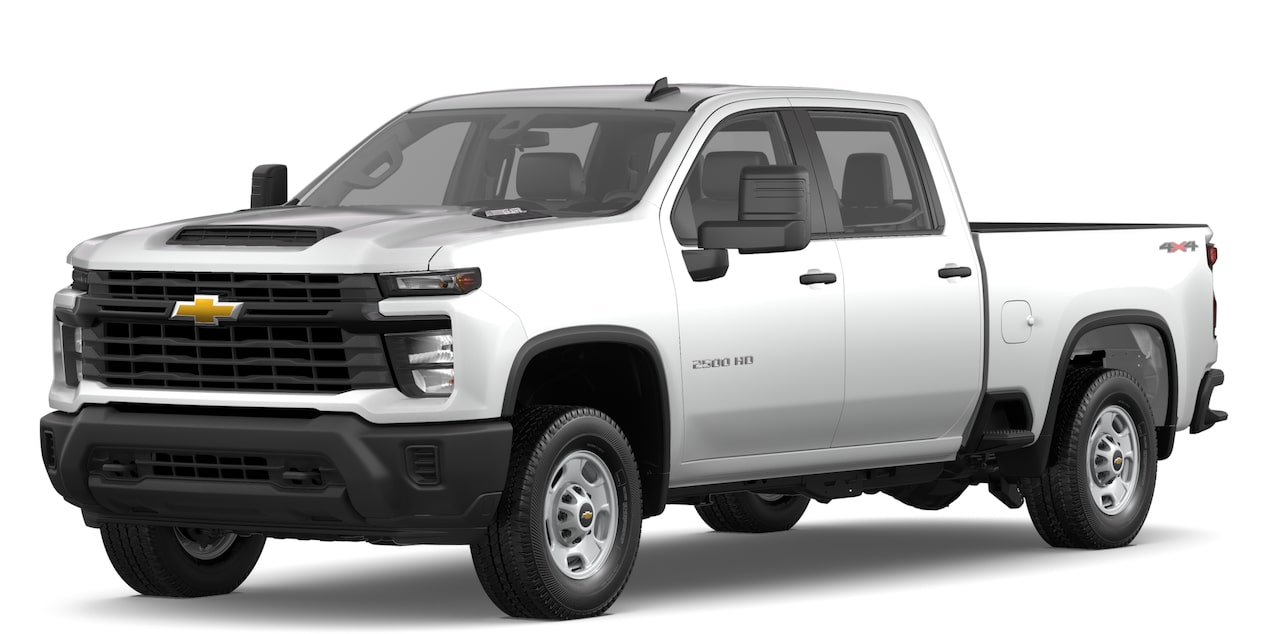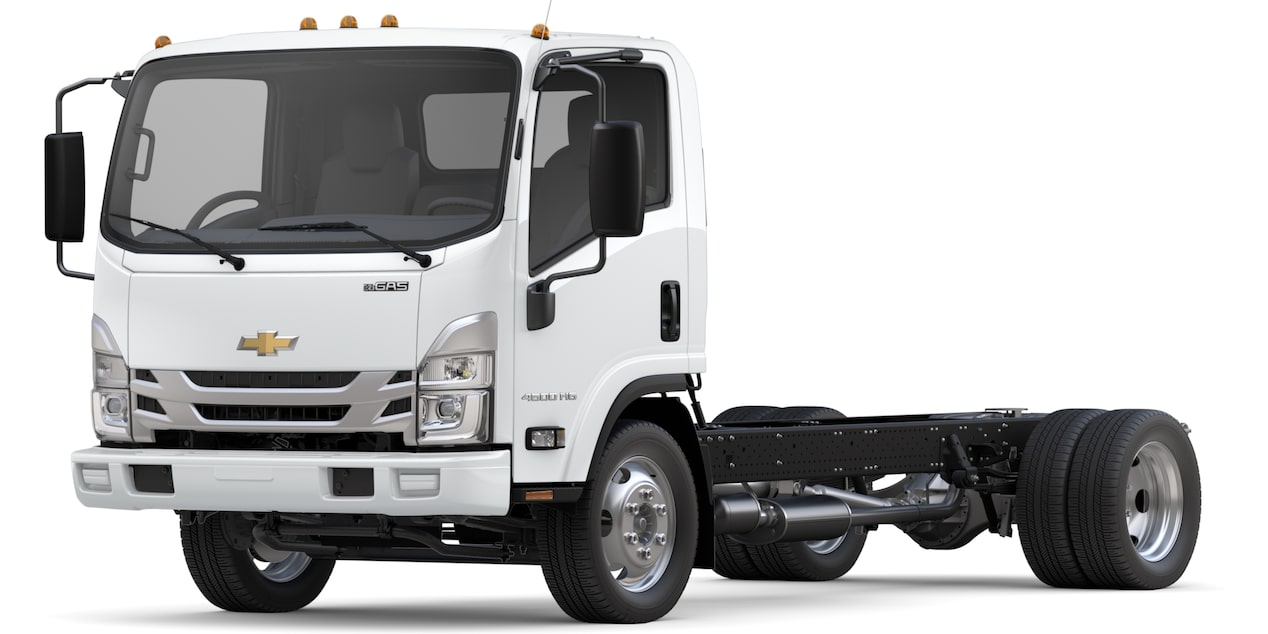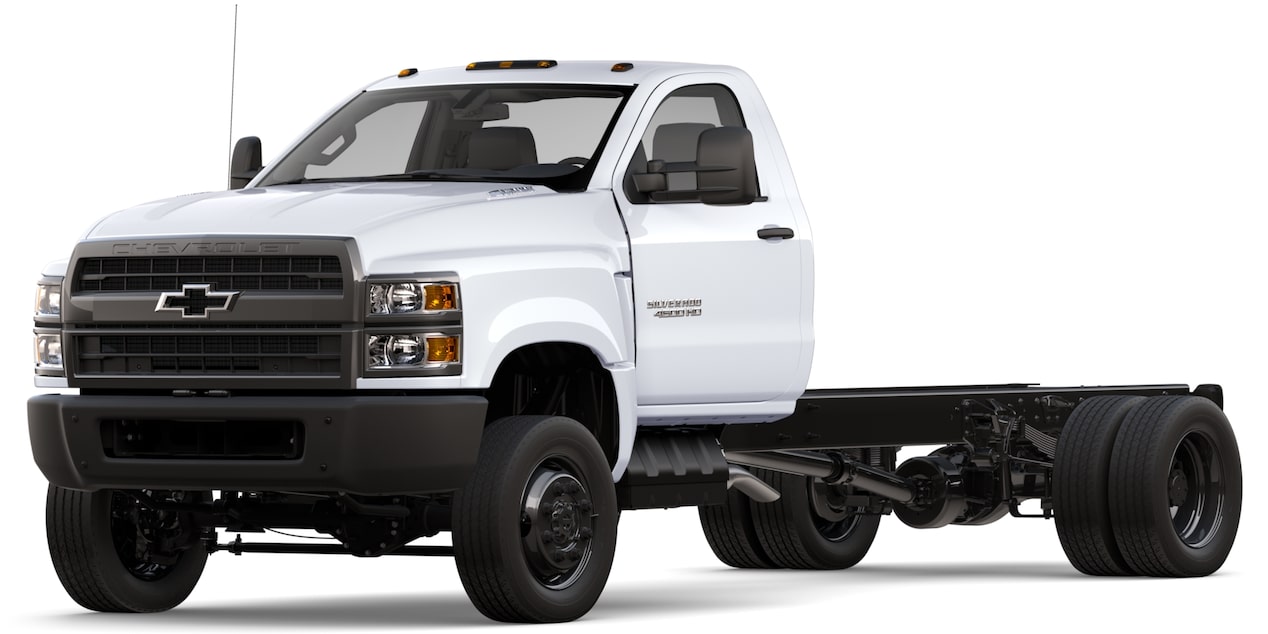
2021-03-31 | New Roads Magazine
The future electric: charging infrastructure
Widespread adoption of EVs will require creative thinking about charging infrastructure. Chevrolet is leveraging new partnerships to bring that vision to life.
“We have to think about electric cars the way we think about our phones,” says Alex Keros, the lead architect for EV Infrastructure at General Motors. “None of us knows how long it takes to charge a cellphone, right? But you know about the convenience of plugging it in at night or maybe plugging it in at work.”
Keros believes that the key to making electric vehicle ownership more like owning a cellphone is simple, painless access to charging. If there are opportunities to charge your vehicle at home, at work, or quickly while on the road, perceived barriers to EV ownership start to fade away.
“Our team is really passionate about creating a charging ecosystem to make sure there’s charging when you need it, where you need it,” says Keros.

Charge points by state For the number of EV charge points in the U.S., California, at 6,983, is still leading. But other states are quickly catching up. These 10 states follow California in the number of public and private charging outlets.
Chevrolet is developing that ecosystem right now in cooperation with technology partners like EVgo, the largest public fast-charging network in the nation, and Qmerit, which provides home EV charger installation services through a nationwide team of certified electrical contractors.
Qmerit makes it simple to have an EV charger installed in your home for plug-and-play charging so you can charge at home overnight and wake up to a full battery. The company’s turnkey solutions guide owners through the process, which starts with a short online form.
EVgo specializes in keeping your EV topped up while you’re away from home. The company is working with Chevrolet to add fast-charging stations to cities and suburbs across the country, especially around grocery stores, retail outlets, and other convenient high-traffic locations.
Keros says that building collaborations like those with EVgo and Qmerit enhances the customer’s experience. “No one entity is going to create a solution around electric vehicle charging,” he says. “The goal is to make the customer’s life easier.”
“
Our team is really passionate about creating a charging ecosystem to make sure there’s charging when you need it, where you need it.
Alex Keros
”
Making charging more accessible is one way Chevrolet is working toward GM’s aspiration to eliminate tailpipe emissions from new light-duty vehicles by 2035. Another is pushing for a national zero-emissions vehicle program, which would help fast-track infrastructure for EVs and offer incentives for the purchase of electric vehicles, among other things.
The company is also working to fit charging seamlessly into drivers’ lives, wherever they go. “We like to say that we’re working to create an ecosystem that wraps around the customer,” Keros says. “The question we’re asking both of ourselves and our partners like EVgo is how do we make charging more convenient? How do we work with them to put more charging stations into places like supermarkets, or other places where our customers already spend their time?”
The plan goes well beyond the all-electric Chevy Bolt EV, too. “As we launch models with higher power needs, not only can we put more charging at those locations where Chevrolet owners spend their time, but we can ensure those charging locations can charge at some of the most convenient, fastest rates, such as at 350 kilowatts,” Keros says. “It’s also really important to have it all powered by 100-percent renewable energy to meet our zero-emission goals.”

However, making charging more accessible is only one part of the equation. “A lot more education and awareness is needed,” Keros says. “Many people are still learning about the technology, and we all need to help raise awareness. Once you’ve been exposed to EVs, you end up going all-in.”
The transformative power of driving an electric vehicle and the ease of “switching” is something that Keros has seen in his own family (they’re on their third Chevrolet EV). “My wife loves that she never has to spend 15 minutes a week standing in the cold filling up the car at a gas station,” he says. “Now she just plugs in at home or work and goes.”
Through products or partnerships, Keros sees his job as making EV charging simple for Chevrolet customers—saving them those 15 minutes a week, and maybe making life a little easier in the process. “The EV experience is just as simple as what you’re used to with a gasoline engine,” says Keros, “but with a ton of benefits you may not have even thought about yet.”
Story: Abigail Bassett / Infographic: Soon

